There is everything: search tags allow you to forget about losing things
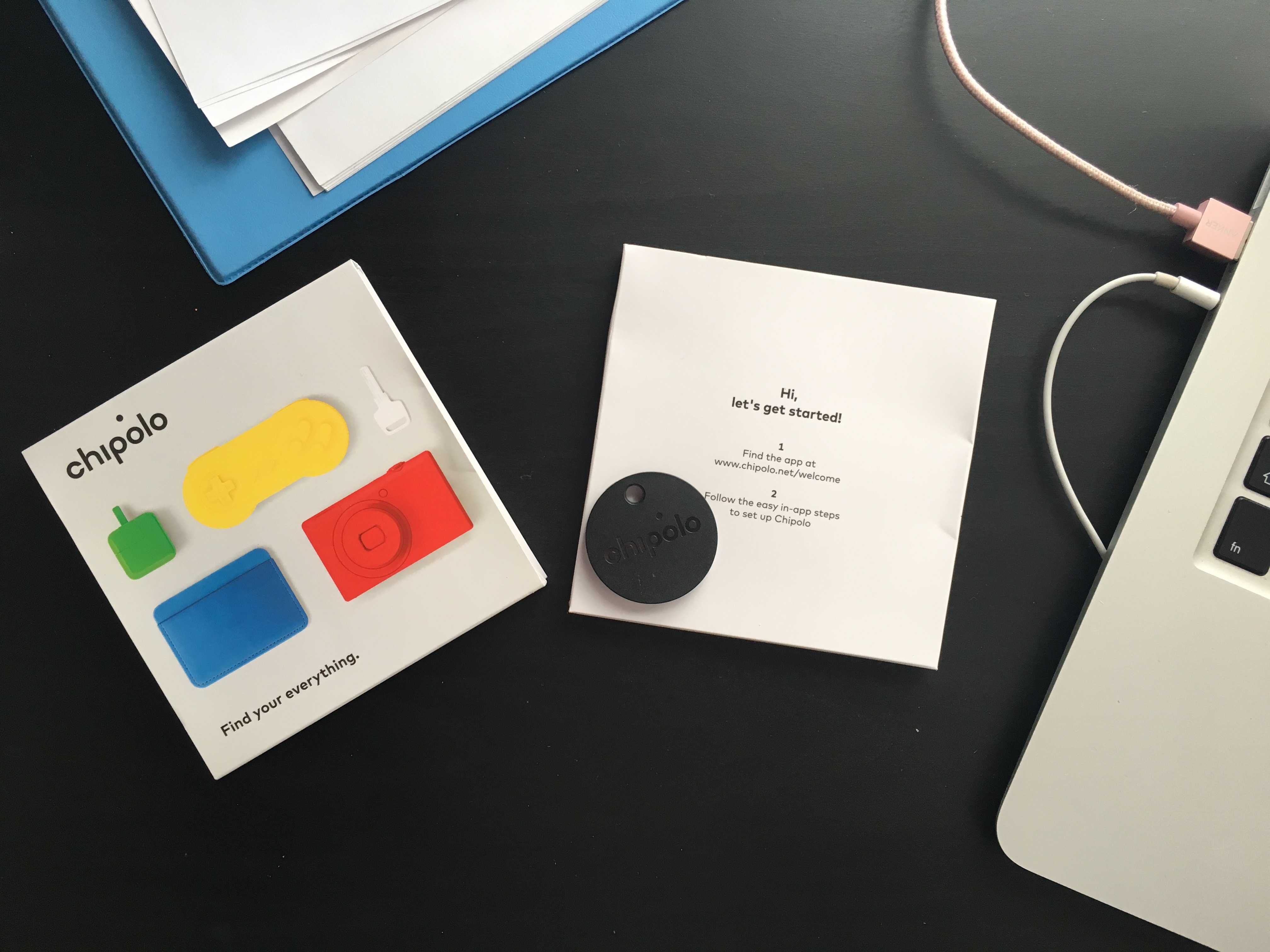
In our time of continuous stress and the mass of daily tasks, people do not have time to follow not only what is happening around, but also their own things. Someone, for example, can stop by in a cafe to work for a life-giving coffee. But in the middle of the process, the boss suddenly calls and tells him to urgently do something. In a hurry, you can forget important documents, phone, bag - whatever.
Similarly, things are forgotten at public transport stops, in taxis and karsheringovyh cars, etc. But modern technology helps to solve the problem with forgetfulness. Search tags - this is one of the possible solutions, and it is one of the most effective.
A small device is placed in a bag or purse, and a special application is installed on the smartphone. If the owner of a thing with a label moves away from it for a certain distance, the phone gives a signal, the person sees that he has forgotten his thing or things. Today we will talk about the models that are represented on the market of search trackers.
')
Chipolo
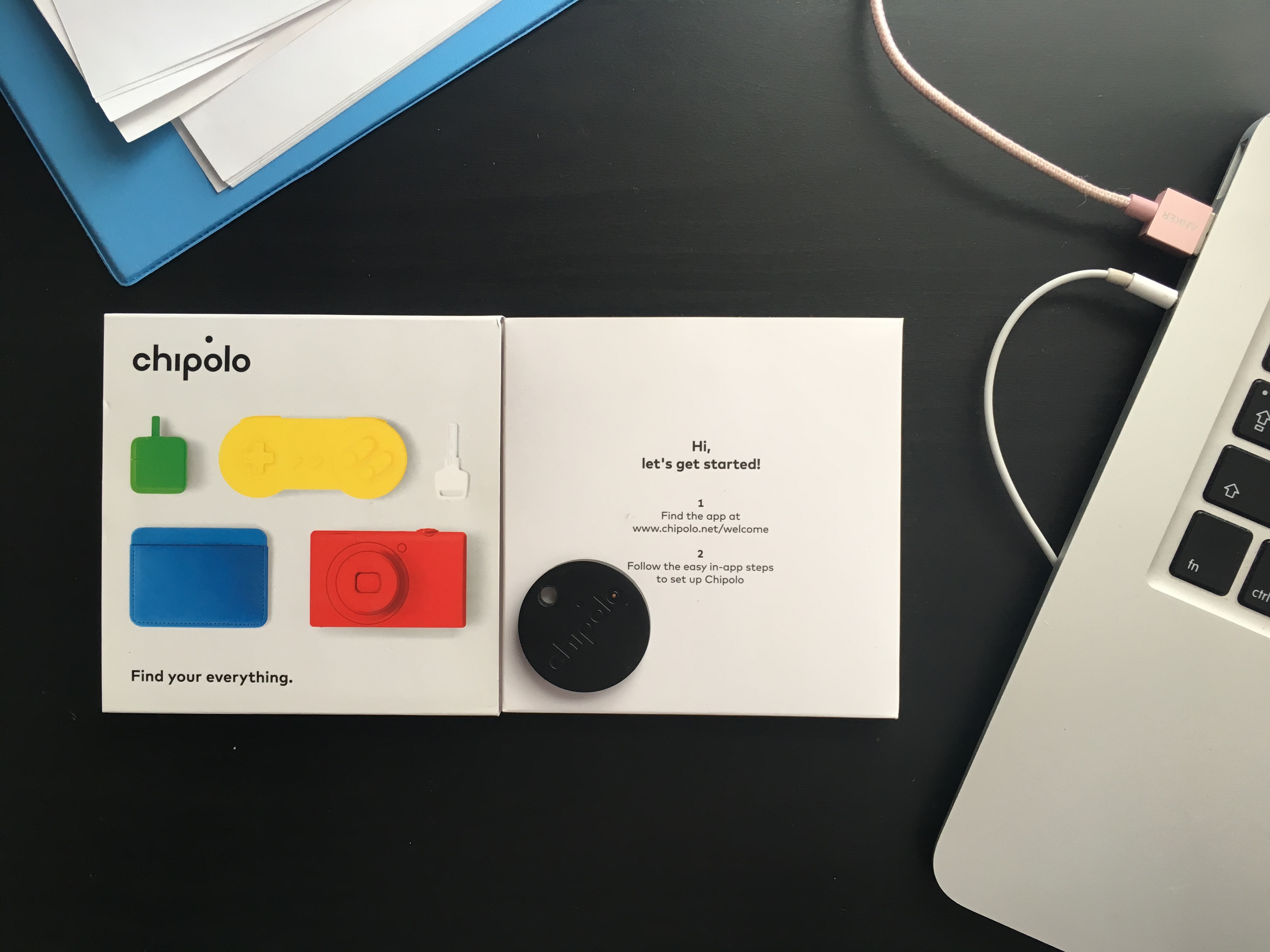
We wrote about the search tags of this company in a review of gadgets from CES 2017 , which impressed us. The guys started off with a campaign on Kickstarter , which received strong support from the entire community (more than 5,000 platform users became microinvestors of the project). Actually, it was Chipolo tags that appeared in 2013 that gave an impetus to the development of the entire “search sphere” using trackers.
At the moment, Chipolo offers three trackers, the possibilities of which are different. The basic version is Chipolo Classic.
This model is made in the form factor keychain. Diameter - 3.5 cm, thickness - 0.5 cm. Weight - 8 grams. The label can be fixed on any thing, except, perhaps, socks (by the way, there are already socks with RFID tags , do not thank). You can even attach the device to the dog's collar.
Setting most tags is very similar. We fix the device, and install the Chipolo application on the mobile phone. When registering, you must specify the name of the thing to which the tracker is attached. You can work simultaneously with multiple trackers.
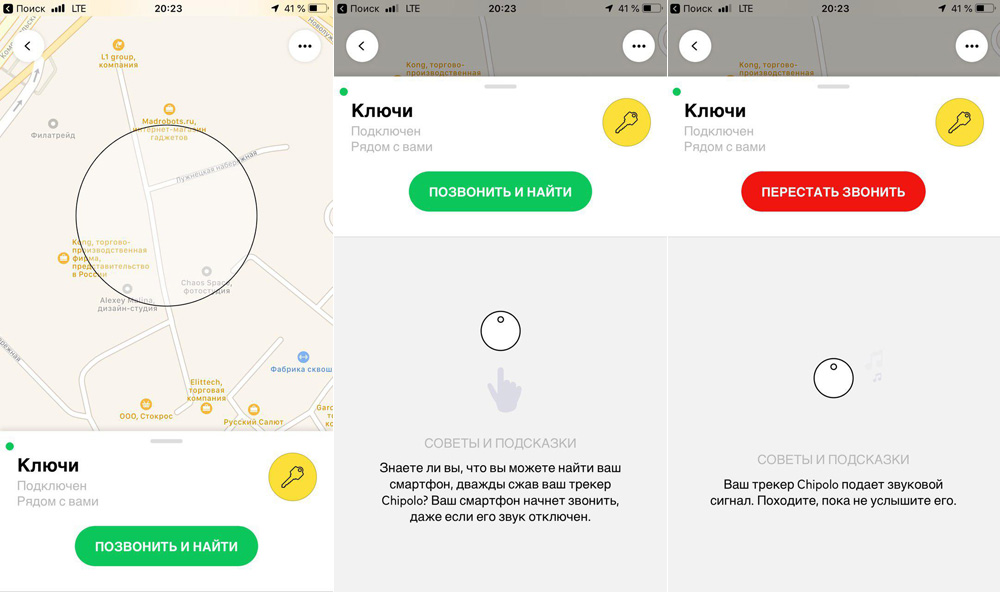
Contact tags with the phone via Bluetooth Low Energy. This is a wireless radio with minimal power consumption. The range of the mark - about 60 meters. Food - battery standard CR2025, it lasts about 9 months of work, after which the battery can be replaced independently.

Chipolo Classic works in two directions. For example, if an item with a tag is out of view, you can click on the button in the application, and the mark will “scream” at a volume of 92 dB. True, it only works when finding things within the range of the Bluetooth-module. All this works in the opposite direction. For example, if a smartphone is lost, you can click on the button on the label itself, and the smartphone will beep (even if it is in silent mode).
If the thing has moved away from the phone at a distance above 60 m, a notification of a disconnection comes to the smartphone. Then you can look at Google maps, where this thing was last marked.
For all Chipolo tags, another useful feature works - Community Search. The application unites users into a single community. If one of the participants marks their item with a tag as lost, then the community can help in the search. So, if another member of the community is in the zone of action of this thing, his application on the phone will fix it and the community will receive a notification with the current coordinates of the found thing.
Chipolo Classic can be bought at Madrobots .
In addition to this model, the same developer has a waterproof Chipolo Plus (it is distinguished by a loudness of sound in 100 dB compared to 92 in the Classic). And there is the Chipolo Card .
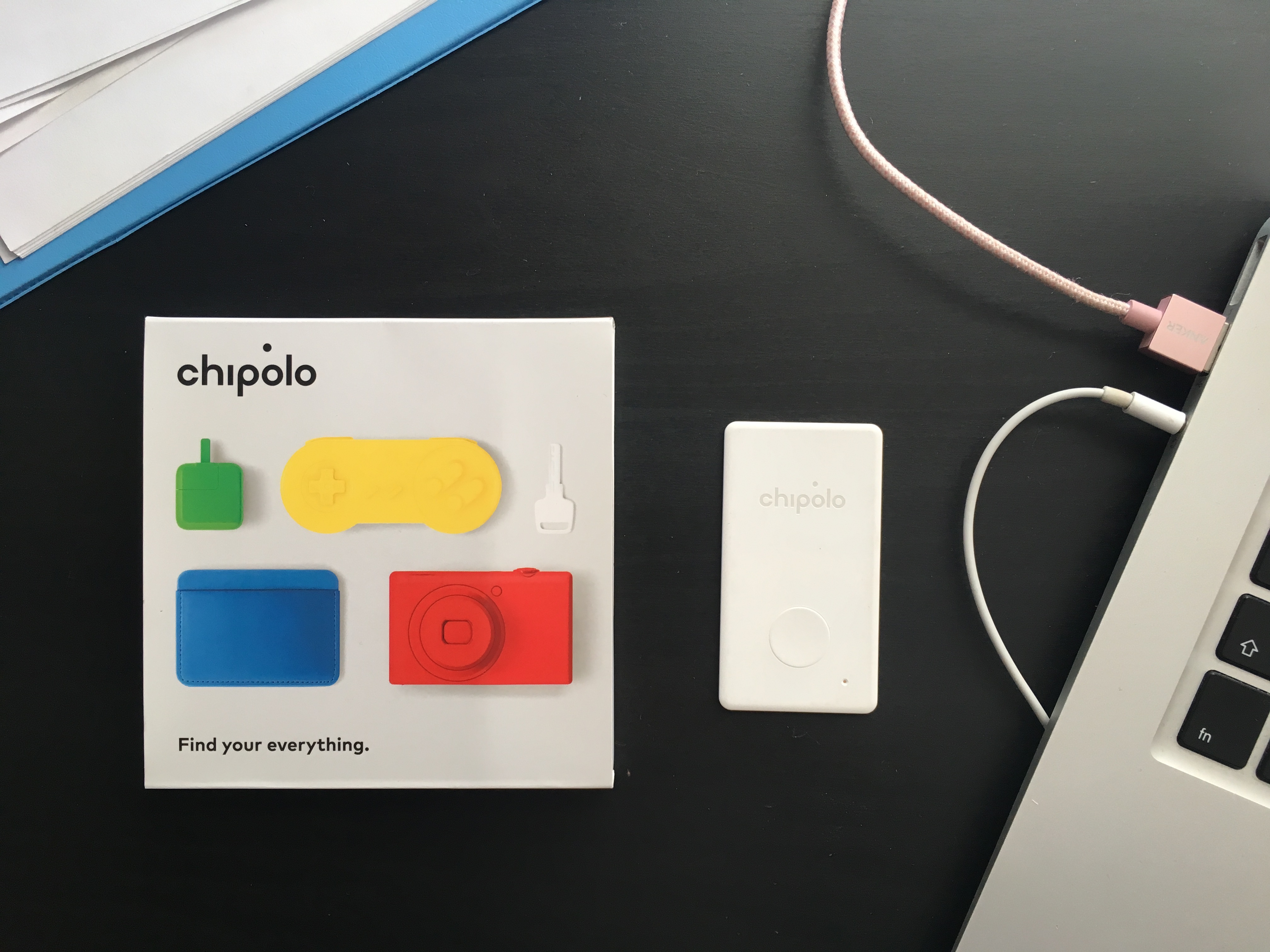
It is distinguished by a form factor (execution in the form of a business card) and water resistance. If the thing with the tracker has come under the rain, the tracker will not deteriorate, but it will regularly give a signal. Card - ideal for a wallet, suitcase, bag, backpack, etc. Chipolo Card and Plus have a battery, not a battery, which has a shelf life of 1 year. After that, on the official website you can go through the “trade-in” procedure and replace the old tracker with a new one with a small surcharge.
Chipolo has not only good tags, value here and in the community, whose members are all users of any models of the company's trackers. As a result, a thing lost by someone can be found with a sufficiently high degree of probability by other Chipolo owners.
Hiro
Another great search tag that allows you to quickly return for a thing forgotten in a cafe or taxi. The principle of operation is the same. Special software is installed on the phone (iOS or Android), the device connects to the phone via Bluetooth. If the user moves away from the tracker for a certain distance, then a notification arrives on the smartphone.

If the item goes beyond the range of the tag, the user can see on the map the place where the item was fixed last time. Like Chipolo, when you click on the button on the label, the smartphone beeps.
In 2015, Hiro tracker received the support of nearly a thousand micro-investors on Kickstarter.
Pebblebee
Another cool tracker , which received support on Kickstarter, in 2014, he collected more than $ 200,000. The difference between Pebblebee is that the user can choose from the list of actions that the tracker will do when you click on its button - it activates the phone or starts the call to the selected contact.

It also has a temperature sensor (in Hornet and Dragon models), which can be useful in many cases - for example, to give a signal if the office or car is too hot. The tracker is waterproof, it will not deteriorate when water drops on it.
TrackR bravo
This tracker collected almost $ 2 million (!) On Indiegogo in 2014. The principle of its actions differs little from the principle of the action of other trackers. True, as is the case with Chipolo, there is a user community that helps each other find lost items.
On the back of the tracker, you can leave an engraved short message. For example, the phone number on which the finder is recommended to contact for its return.
Tile
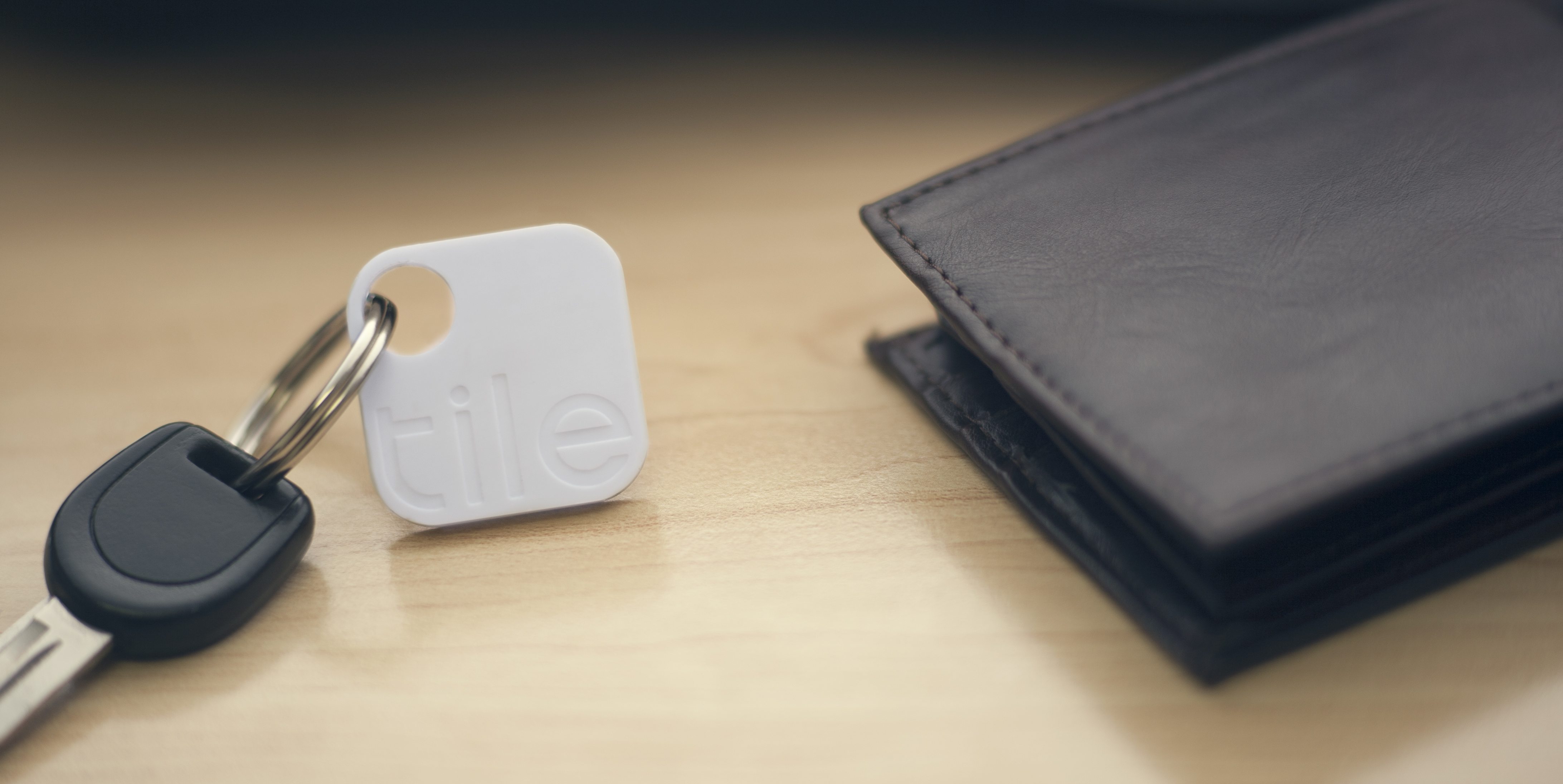
Of course, the list of tags would be incomplete if it didn’t mention Tile tags. The company-developer has collected more than $ 2.6 million for their project on Selfstarter . It was supported not only by ordinary users, but also by the legends of the world of the telecom - for example, Steve Wozniak.
Initially, two models were released - Mate and Slim, but recently two new models appeared - Style and Sport. Unlike others, these tags can be submerged under water to a depth of up to 1.5 m for half an hour, and nothing will happen to them.
The principle of Tile tags is the same as the previous models - the system connects to the phone with pre-installed software, and the smartphone monitors the location of the thing with the tag.


Source: https://habr.com/ru/post/374489/
All Articles